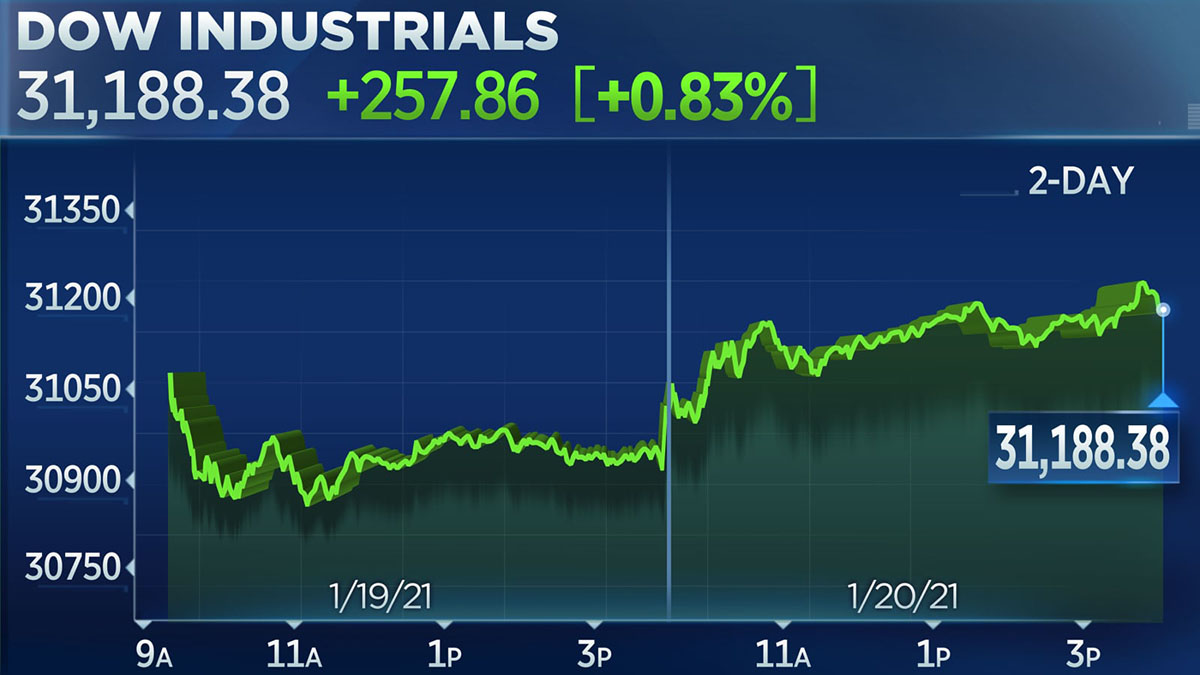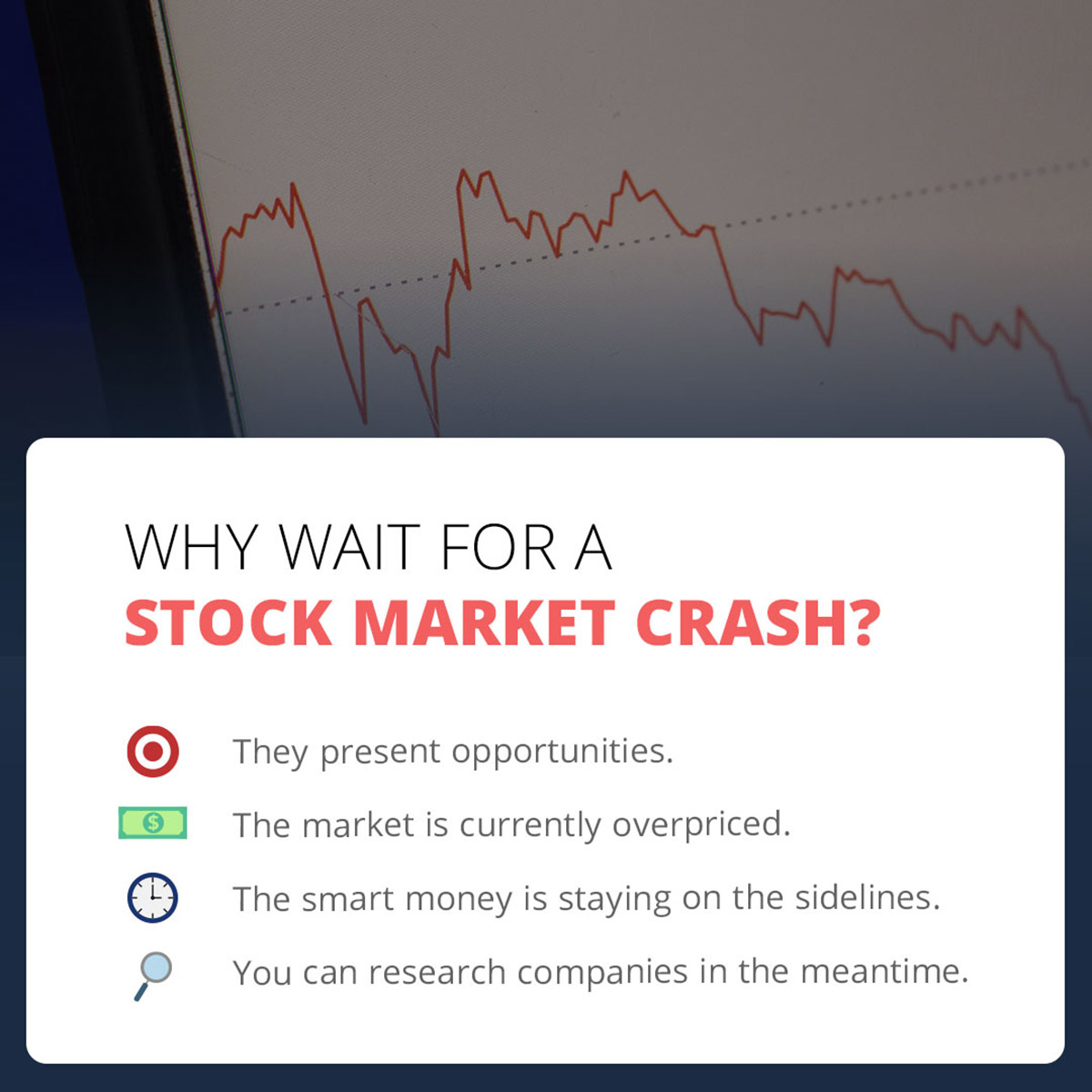

Finance
When Is The Stock Market’s Power Hour?
Modified: February 21, 2024
Discover the time frame when the stock market experiences maximum activity and volatility known as the "Power Hour." Enhance your understanding of finance and optimize your trading strategies.
(Many of the links in this article redirect to a specific reviewed product. Your purchase of these products through affiliate links helps to generate commission for LiveWell, at no extra cost. Learn more)
Table of Contents
Introduction
When it comes to the stock market, timing is everything. Traders are constantly on the lookout for the most opportune moments to buy and sell stocks, and one crucial period that has gained significant attention is the “Power Hour.” This term refers to the final hour of trading in the stock market, when the market tends to experience heightened volatility and increased trading volume.
During Power Hour, savvy investors and traders are looking to capitalize on quick price movements and take advantage of any last-minute trading opportunities. It is a time when the market may see a surge in buying or selling activity, potentially resulting in significant price fluctuations. Understanding when Power Hour occurs and how to navigate it can be essential for traders seeking to maximize their profits in the stock market.
In this article, we will delve into the concept of Power Hour and explore the factors that affect its timing. Additionally, we will discuss the role of news and earnings releases during this time and provide some strategies for successfully trading during Power Hour. By the end, you will have a clearer understanding of the importance of Power Hour and how to make the most of this critical trading period.
Understanding Power Hour in the Stock Market
Power Hour refers to the final hour of trading in the stock market, typically between 3:00 PM and 4:00 PM Eastern Time, when the market experiences increased activity and volatility. It is known for its potential to make or break a trader’s day, as rapid price movements and increased trading volume present both opportunities and risks.
During Power Hour, traders and investors are often looking to capitalize on quick price changes and take advantage of any trading opportunities that arise. The heightened activity can be attributed to several factors, including the busy schedules of institutional investors, the release of important news or earnings reports, and the rush to close positions before the market closes for the day.
The increased trading volume during Power Hour can lead to more significant price fluctuations, enabling traders to make quick profits if they accurately predict market movements. However, it is essential to exercise caution during this time as volatility can also result in substantial losses if trades are not executed wisely.
While Power Hour typically occurs in the final hour of trading, it is crucial to note that the exact timing can vary depending on the market. For example, in international markets, Power Hour may occur at different times due to time zone differences. Traders analyzing specific stocks or indices should take note of when the most significant price movements tend to occur for those particular assets.
Overall, understanding Power Hour’s significance in the stock market is vital for traders seeking to capitalize on short-term price movements and take advantage of trading opportunities. By recognizing its characteristics and the factors that contribute to its volatility, traders can develop effective strategies to navigate this critical period successfully.
Factors Affecting Power Hour Timing
The timing of Power Hour in the stock market can be influenced by various factors. While it typically occurs in the final hour of trading, the exact timing can vary depending on market conditions, news releases, and the behavior of institutional investors. Here are some key factors that can affect the timing of Power Hour:
- Institutional Activity: Institutional investors, such as mutual funds and pension funds, often have strict guidelines on when they can buy or sell stocks. These investors tend to be more active towards the end of the trading day, as they review their positions and make adjustments before the market closes. Their activity can create increased trading volume and price movements during Power Hour.
- News Releases: The release of significant news or economic data can have a significant impact on the timing and volatility of Power Hour. Positive or negative news announcements, such as earnings reports, economic indicators, or geopolitical events, can trigger sudden price movements and influence the intensity of trading during this period.
- Market Sentiment: Overall market sentiment plays a crucial role in determining the timing and behavior of Power Hour. If market participants are feeling optimistic and bullish, they may be more active and willing to make significant trades during this time. Conversely, if there is uncertainty or negative sentiment in the market, trading activity during Power Hour may be more subdued.
- Options Expiry: On options expiration days, which typically occur on the third Friday of each month, there can be heightened volatility and increased trading volume during Power Hour. Traders who are involved in options positions may be closing out their positions or rolling them over, leading to more significant price movements and trading activity.
- Market Manipulation: While it is illegal, market manipulation can also impact the timing and behavior of Power Hour. Large institutional investors or market participants with significant resources may attempt to manipulate stock prices or create artificial buying or selling pressure during this period. This can result in exaggerated price movements and unusual trading activity.
It is important for traders to stay informed about these factors and monitor market conditions to assess the timing and intensity of Power Hour. By understanding the underlying influences, traders can be better prepared to navigate this volatile period and make informed trading decisions.
The Role of News and Earnings Releases
News and earnings releases play a significant role in determining the intensity and volatility of Power Hour in the stock market. These announcements can have a profound impact on investor sentiment and, consequently, influence trading activity during this crucial period. Here’s why news and earnings releases are essential:
Market Reaction: News releases, such as economic indicators, company announcements, or geopolitical events, can trigger immediate market reactions. Power Hour provides a platform for traders to respond to these news events, leading to increased trading volume and price movements. Positive news can lead to a surge in buying activity, while negative news can result in a flurry of selling pressure.
Earnings Reports: One of the most significant catalysts during Power Hour is the release of earnings reports. Publicly traded companies typically announce their financial results after the market closes, which often coincides with Power Hour. These earnings reports provide crucial information about a company’s performance, and investors eagerly react to the news. Strong earnings can propel stock prices higher, while disappointing earnings can lead to a sell-off.
Volatility Opportunities: Power Hour, coupled with news and earnings releases, presents opportunities for traders to capitalize on volatility. Sudden price movements and increased trading volume create an environment where quick profits can be made if traders accurately predict market reactions to news events. By closely monitoring news releases and understanding the sentiment driving the market, traders can potentially benefit from strategic trades during this period.
Risk Management: On the other hand, news and earnings releases during Power Hour also carry risks. Price movements can be swift and unpredictable, which can lead to substantial losses if trades are not carefully executed. It’s crucial for traders to set proper risk management strategies, such as using stop-loss orders and diversifying their portfolios, to protect themselves from adverse market movements.
Traders must stay informed about upcoming news and earnings releases to gauge their potential impact on the market. News sources, financial websites, and company investor relations pages can provide valuable information about scheduled announcements. By understanding the role of news and earnings releases during Power Hour, traders can position themselves to take advantage of potential trading opportunities while managing the associated risks.
Strategies for Trading during Power Hour
Trading during Power Hour can be exhilarating but also challenging due to the increased volatility and rapid price movements. To navigate this crucial trading period successfully, traders can employ the following strategies:
1. Momentum Trading: Power Hour is known for its momentum, and traders can take advantage of this by identifying stocks that are showing strong upward or downward movements. By paying attention to volume and price trends, traders can enter positions that align with the prevailing momentum, aiming to ride the wave and capture profits.
2. Breakout Trading: Breakout trading involves identifying stocks that are breaking out of their established trading ranges during Power Hour. Traders can watch for significant price movements and high trading volumes, signaling a potential breakout. By entering positions at the breakout point and setting appropriate stop-loss orders, traders can capitalize on the momentum generated by the breakout.
3. News-Based Trading: Keeping an eye on news and earnings releases can provide valuable information for trading opportunities during Power Hour. Traders can react to positive or negative news announcements by entering positions that align with the market sentiment generated by the news. However, it is crucial to have a clear understanding of the news and its potential impact on the market before taking action.
4. Scalping: Scalping involves taking quick, short-term trades during Power Hour to capture small price movements. Traders can enter and exit positions rapidly, aiming to profit from the volatility and liquidity present during this period. It’s important to have a well-defined scalping strategy, including setting tight stop-loss orders and having a disciplined approach to trade management.
5. Pre-Planning: Preparing and planning ahead of Power Hour can contribute to a trader’s success. This includes conducting thorough research, identifying potential trade setups, and setting price levels at which to enter or exit positions. By having a clear plan in place, traders can remove emotional decision-making and execute trades with more confidence and discipline.
6. Risk Management: Managing risk is crucial during Power Hour. The increased volatility can lead to larger price swings, so it’s important to set appropriate stop-loss orders and position sizes. Traders should also avoid overtrading and stick to their predetermined risk tolerance levels to protect themselves from substantial losses.
It is worth noting that each strategy carries its own risks, and not all strategies will work for every trader. It’s essential to choose a strategy that aligns with your trading style, risk tolerance, and individual goals. Additionally, traders should continually evaluate and adapt their strategies based on market conditions and their own experiences.
Conclusion
As the final hour of trading in the stock market, Power Hour holds immense significance for traders seeking to capitalize on short-term price movements and trading opportunities. Understanding the timing and factors that contribute to Power Hour can provide traders with an edge in navigating this period of increased volatility and trading volume.
During Power Hour, traders should be mindful of the role of news and earnings releases, as they can significantly impact market sentiment and prompt rapid price movements. By staying updated on upcoming announcements and understanding their potential implications, traders can position themselves to take advantage of potential trading opportunities.
Implementing effective strategies is essential for successful trading during Power Hour. Strategies such as momentum trading, breakout trading, news-based trading, scalping, pre-planning, and risk management can all play a role in maximizing trading opportunities while managing risk exposure.
However, it’s important for traders to remember that Power Hour carries risks along with its potential rewards. The increased volatility and rapid price movements can result in substantial losses if trades are not carefully executed. Setting proper risk management strategies and staying disciplined are key to mitigating these risks and ensuring longevity in trading.
In conclusion, Power Hour presents a unique and dynamic trading opportunity for investors and traders. By understanding its characteristics, staying informed about market factors, and employing effective trading strategies, traders can enhance their chances of success in navigating Power Hour. The ability to seize opportunities and manage risk during this critical trading period can be a valuable skill that sets traders apart in the stock market.














